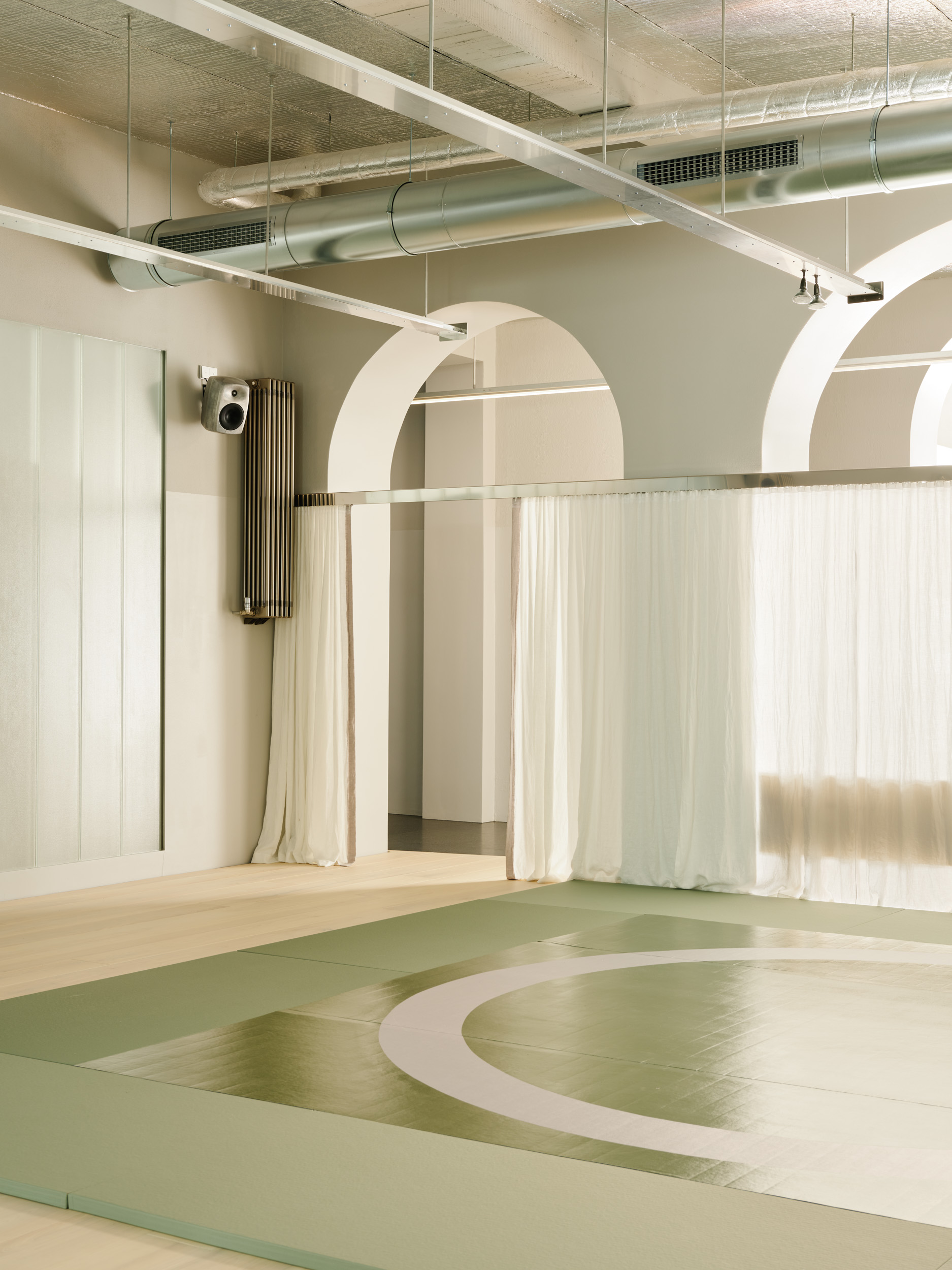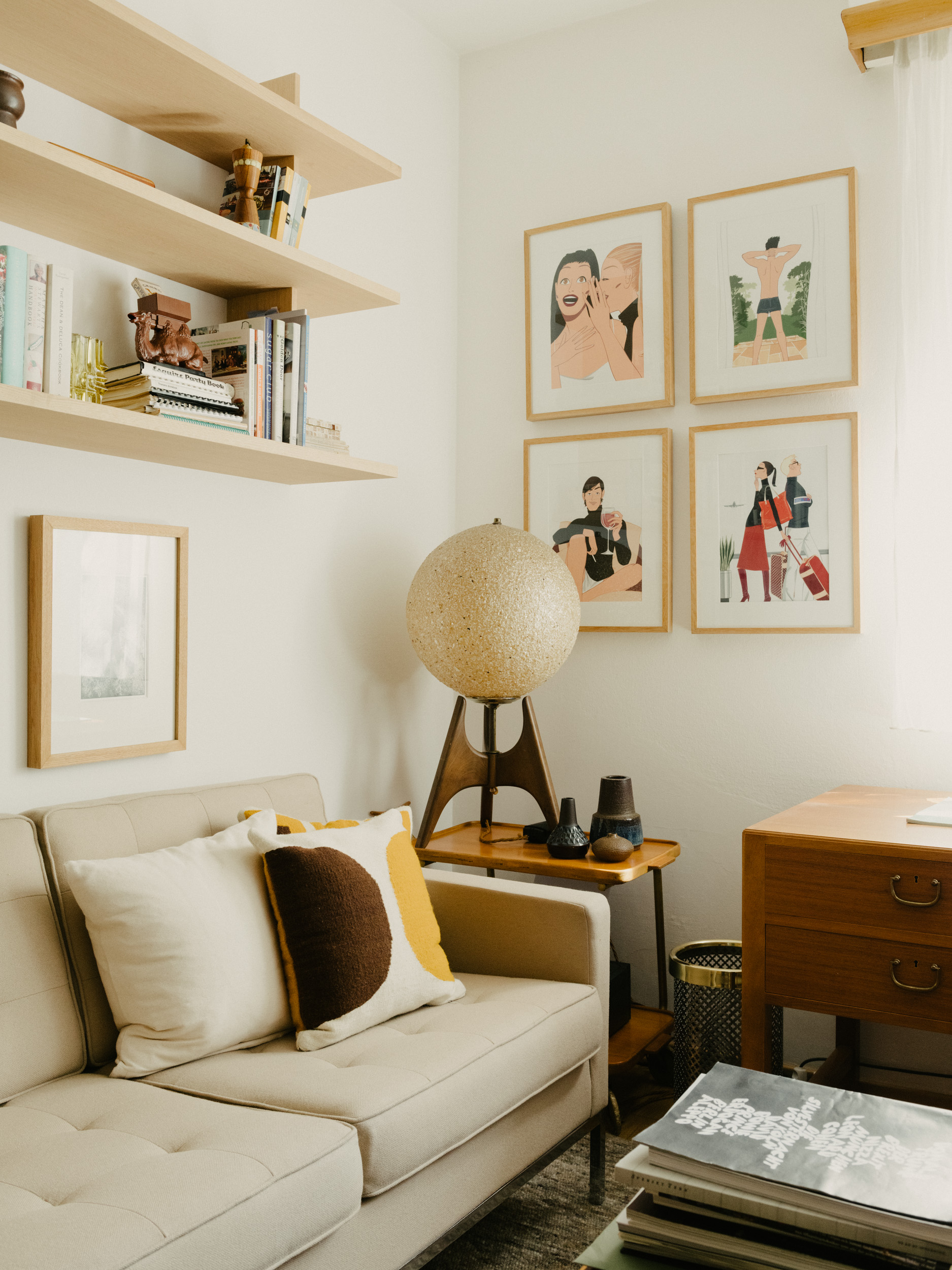Life is mostly spent looking at images. Screens, pictures, videos, phones. In this blur of visuals, how can one create a language that says something that has not been heard –seen– before? I ask someone who must know: as one of the most talented photographers of his generation, Robert Rieger speaks a language that is his, only, but that he shares, image by image, with the world.
There is something unmistakable about a Robert Rieger photo. It’s the colors: warm and gentle, like bathed in a golden shadow. It’s also the arresting compositions, never forced or artificial, yet always elaborate and nuanced. If it reminds the viewer of a painting, it’s no coincidence: “My style is very influenced by painters, especially by Vermeer.” Like the masters, Rieger looks at reality and sublimates what would otherwise be ordinary. “That’s the nice thing about the medium itself: through composition, you create something that you can’t feel when you just see it in real life. You can frame it and create another story out of it.”
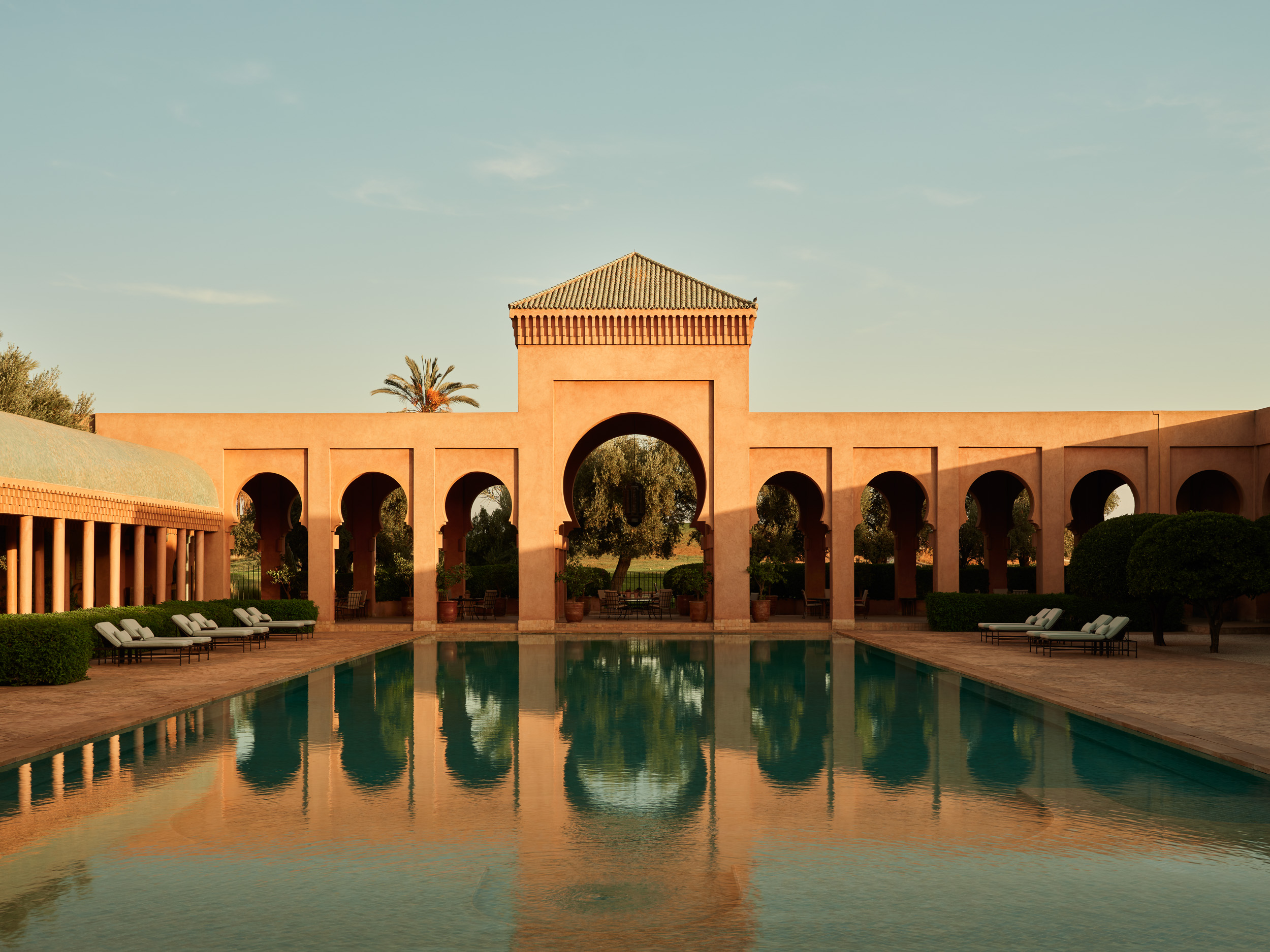
Rieger’s style comes, doubtlessly, from a place of deep sensibility crafted through a lifetime. He grew up around cameras, as his uncle was a professional photographer who used to take pictures of the family. He finds inspiration anywhere from a book of Japanese scans to the filmography of Stanley Kubrick. And yet, Rieger is also earnest about how disciplined he is in his approach – the cliché of the impulsive artist does not quite apply.

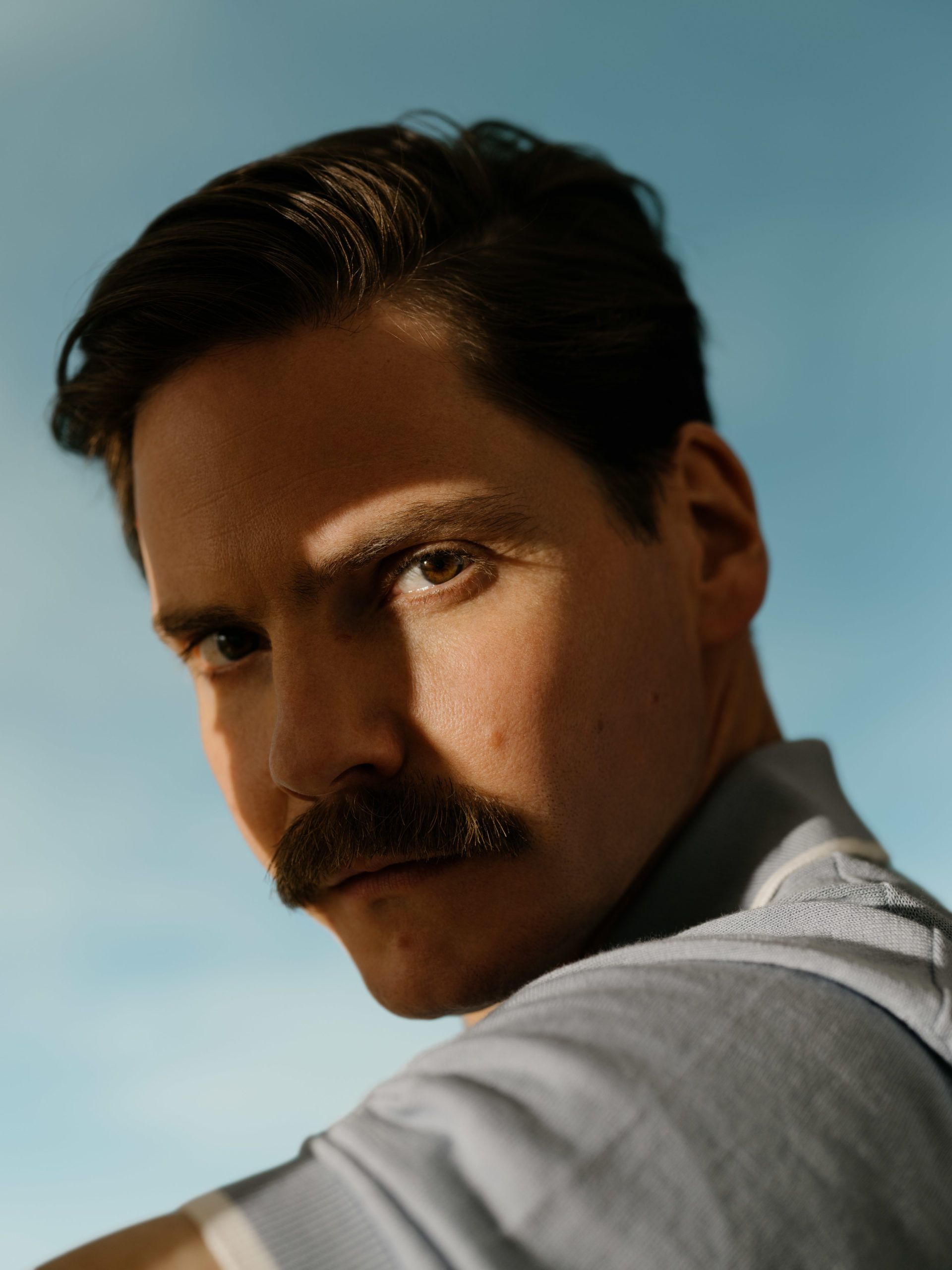
“I have a lot of photographer friends who are very chaotic, and they do amazing work. But personally, I need to be very organized. When it comes to the technical execution, for example, I like to look for pictures and then put them on a mood board. I look at how they’re done, and how I can implement those compositions in my work. It’s a very structured process.” That’s the before. The after, necessarily, comes in the post-production. “When photographers shot analog, they had colors and contrast and grain directly from the film stock. But now the image is zeroes and ones. That’s why it’s super important to take care of color grading in post-production, to really define your style.”

When speaking to Rieger, something that transpires is how holistic his approach to photography is: he treats his work as so much more than just pressing a trigger. “80% of the time, it’s about connecting with people, networking, sending emails.” People are, in fact, one of the things he enjoys the most about the job – it’s another cliché, that of the lone wolf, which he dismantles.
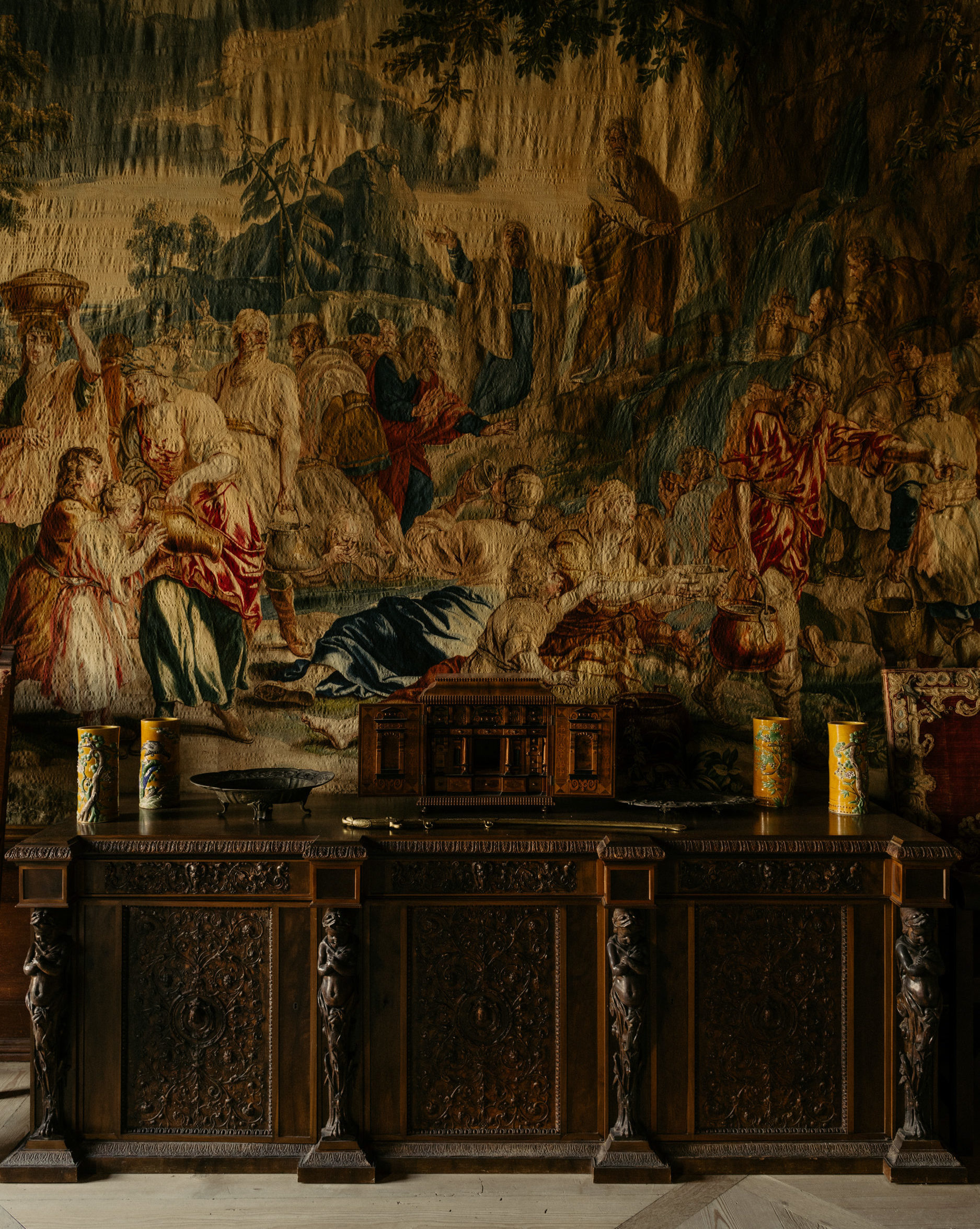
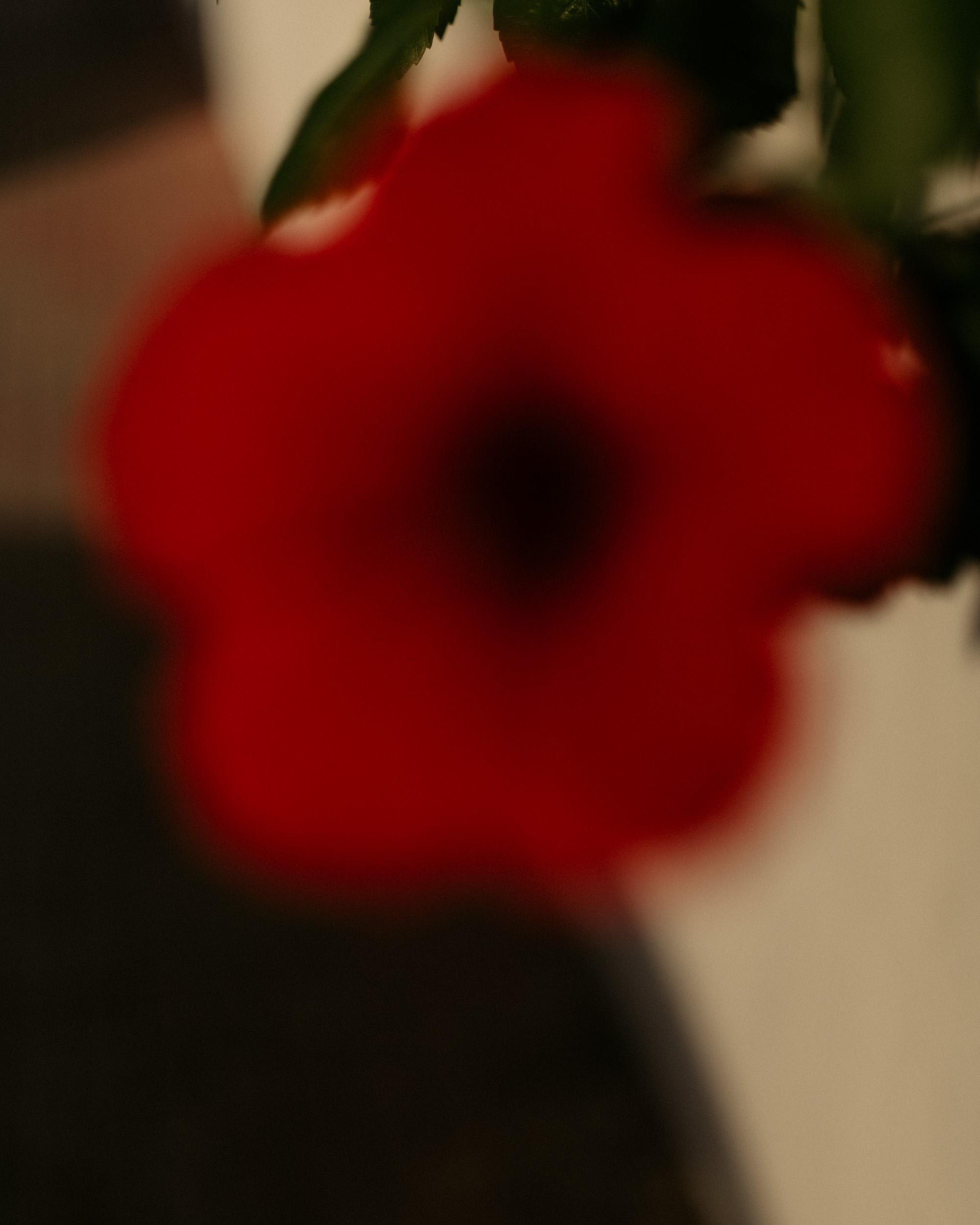
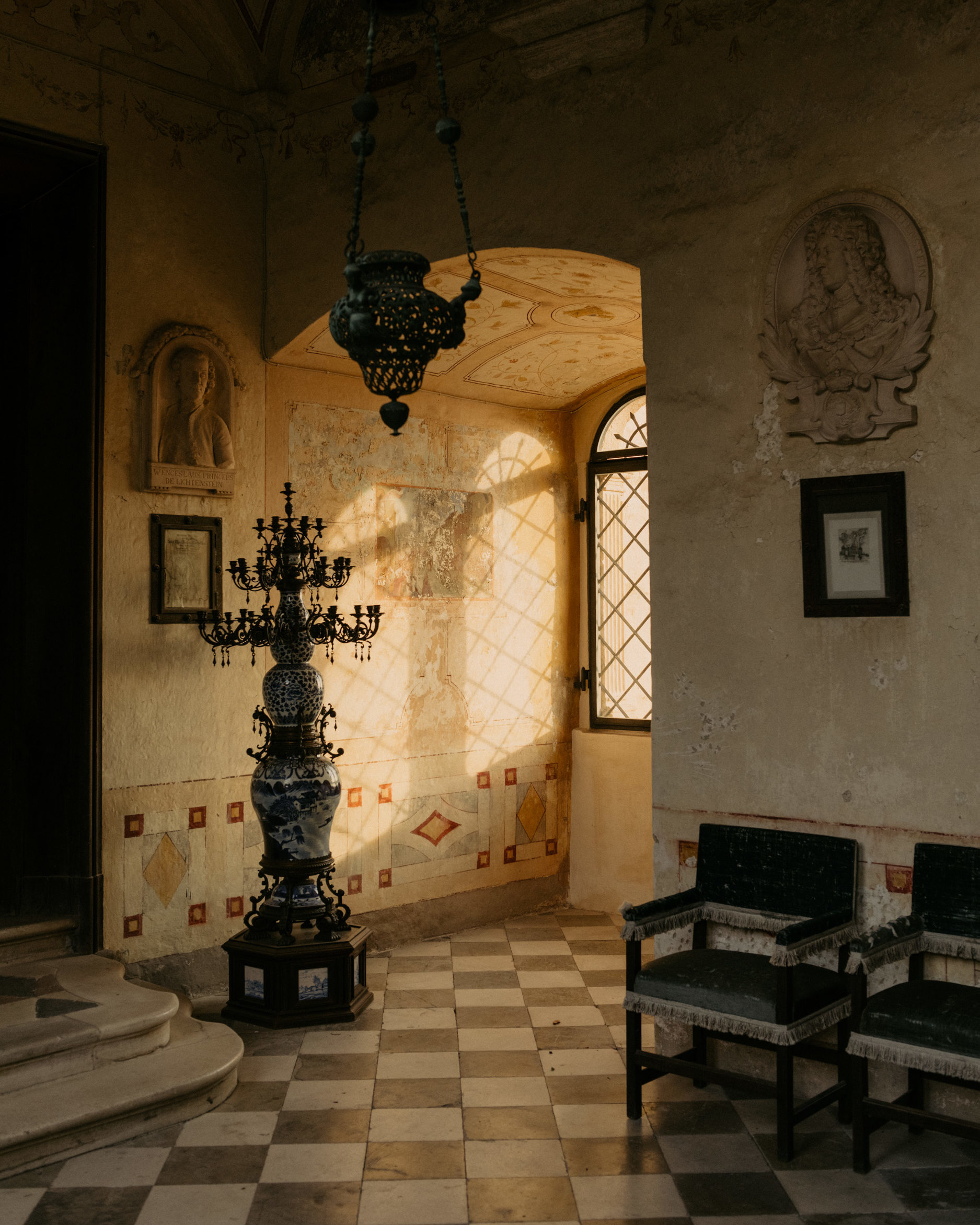
He signals the importance of mentors and highlights his friendship with other photographers, like Felix Brüggermann, with whom he published the book Flughafen Tegel. People are also key in the very moment of creating the pictures: from the assistants he works with, to the stylists or models. “I enjoy creating an image together, the teamwork. I really care about communication and making everyone comfortable – that’s so important to me.”
Discipline, sensibility, communication, the occasional lucky strike: it all has led Rieger to become one of the most sought-after photographers in the world of design and portraiture. Through his lens have passed people such as Chiwetel Ejiofor, Erik Spiekermann, and Konstantin Grcic, his interiors grace the pages of the New York Times or Architectural Digest on a regular basis. It’s an ever-growing list of top clients. But there is a constant to all the work he produces, regardless of the nature of the projects: “I try not to differentiate between commercial and personal. Ultimately, what I want is to tell stories in a way you wouldn’t expect – that’s what’s really important to me.”

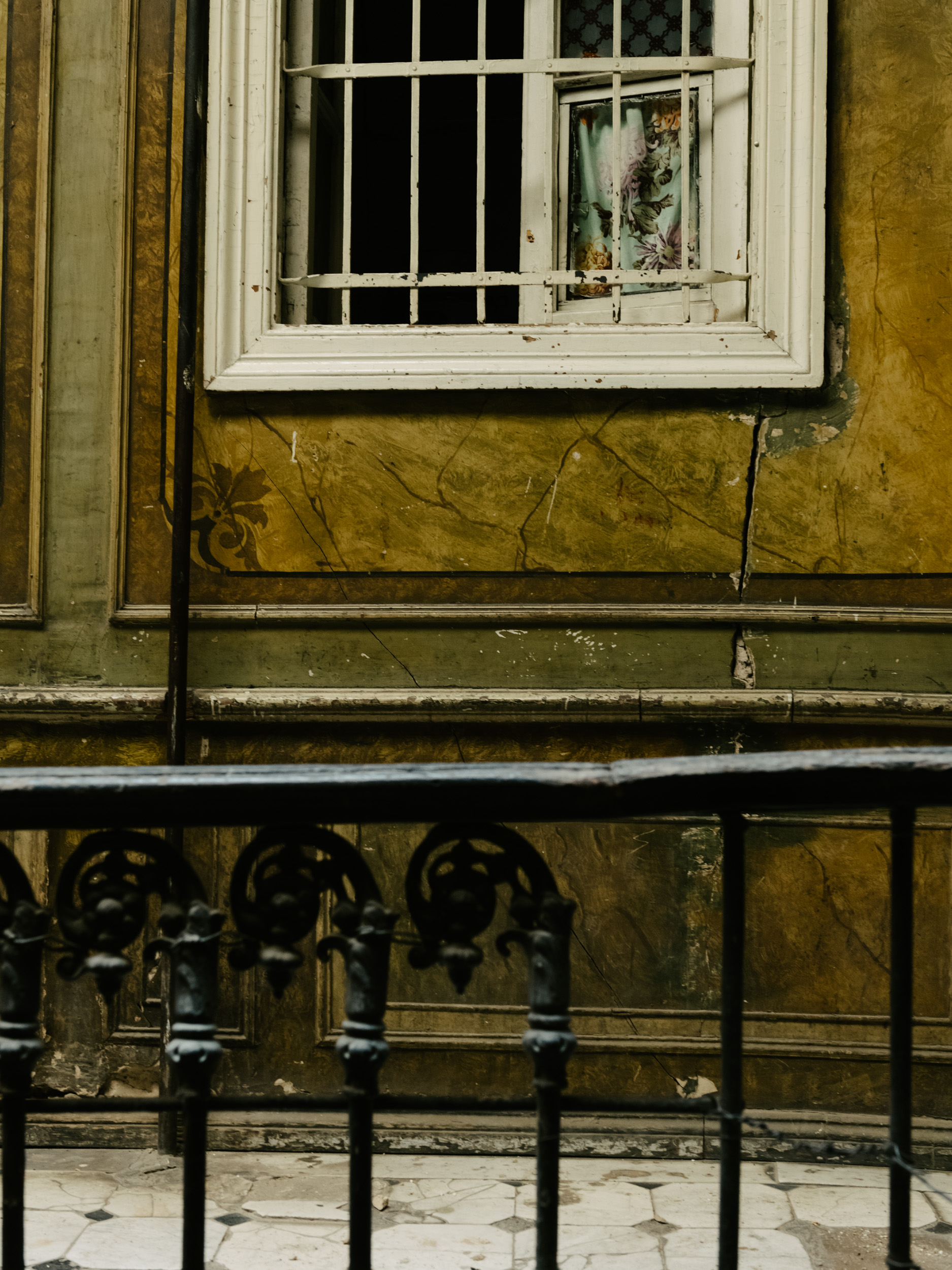
Storytelling is a word that comes up often in conversation. Far from just a buzzword, for Rieger, it has to do with the essence of being a photographer nowadays. What is a language, if not for telling stories, after all? It’s a specially poignant topic when it comes to social media and the digital environment, where much of his work prevails. While recognizing the downsides of Instagram or TikTok, he refuses to perceive the future as bleak. “I’m excited about what comes next. Videos, for instance, are really important now. So I am experimenting with slideshows, with animations…”
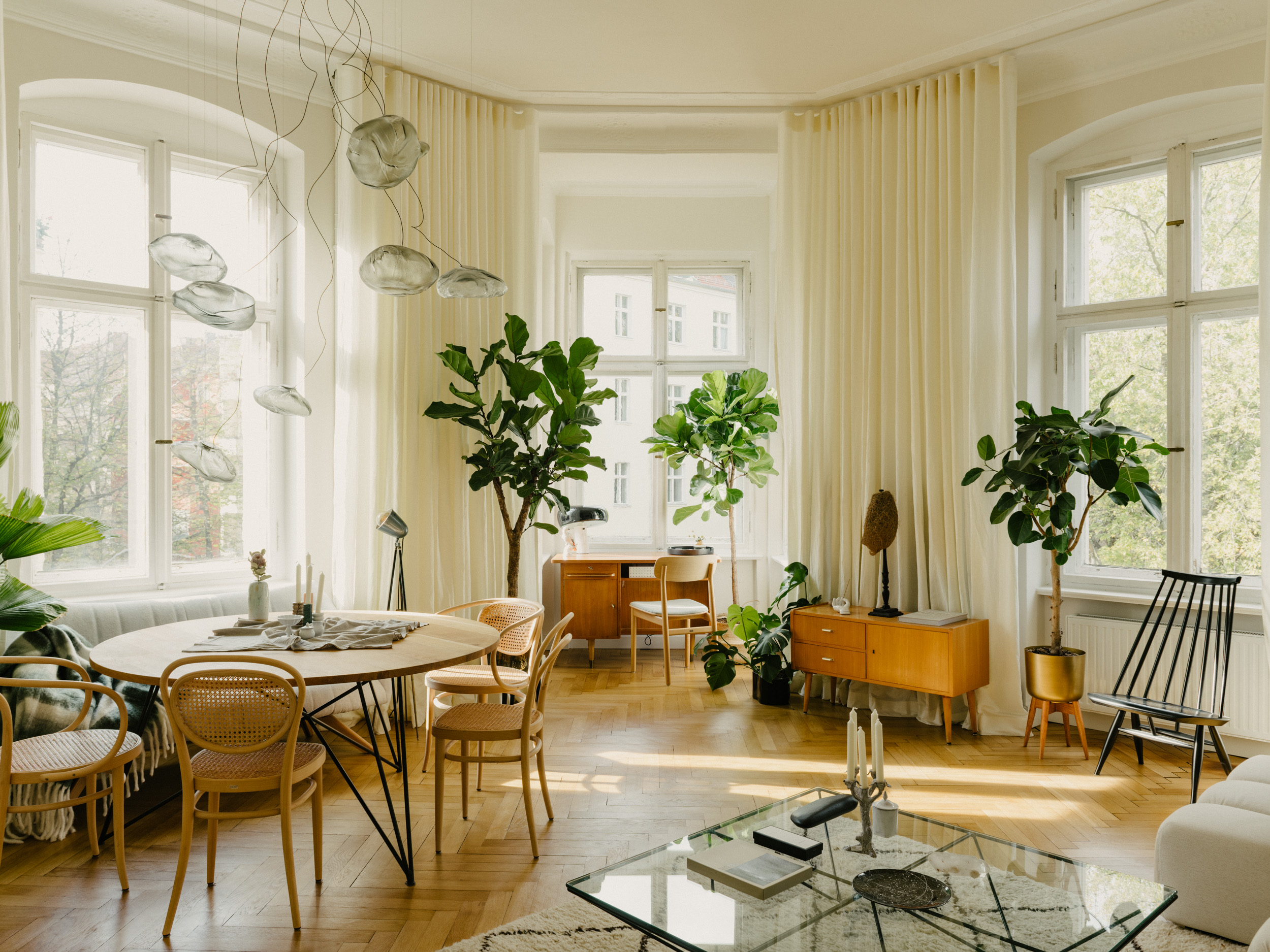
In the end, Rieger reflects playfully on the limitations of a photograph. “Honestly, sometimes I feel like I’m coming to the border of photography. It can tell a lot, but not everything. Sometimes a text can be much more helpful. Or, I really wish I could incorporate smells! To give a deeper sense of the location, or the person. That would be amazing.” The Robert Rieger language has, doubtlessly, many more stories to tell.
